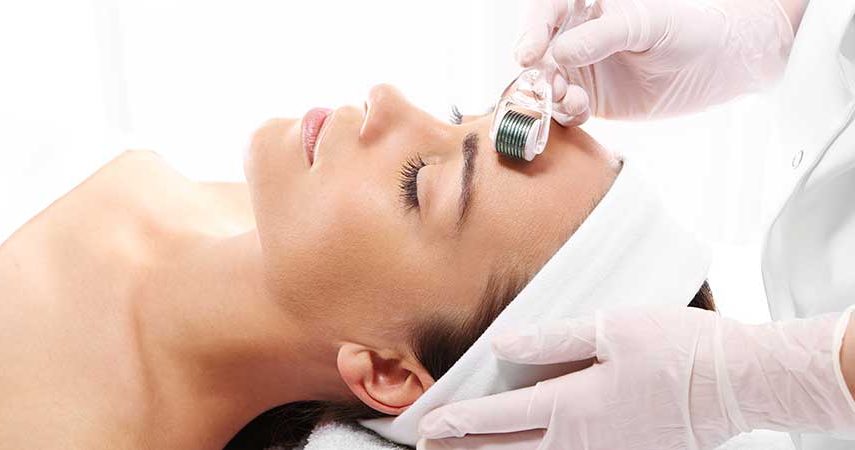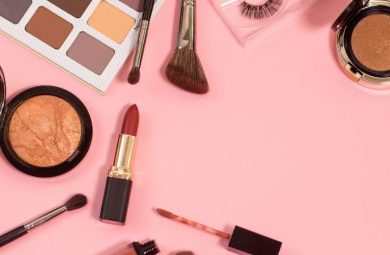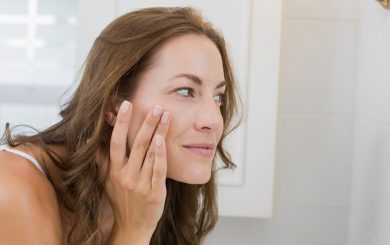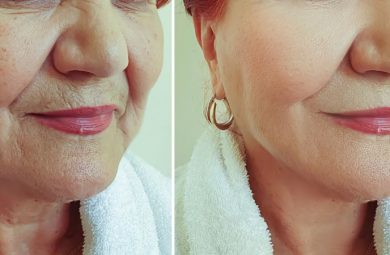Skincare is an important part of your daily routine. We all look for ways to improve the way our skin looks and try the most recent treatments available. For people who want to improve the look of their scars (whether from acne or something else), people who want to boost collagen production, or just encourage hair growth, microneedling might be the treatment that works. But, what is microneedling and how does microneedling work?
In simple terms, microneedling involves inserting very fine, short needles into the skin. The needles promote rejuvenation and minimize scars, and they usually come in the form of a dermaroller. A dermaroller is a little contraption that has microneedles, which is only about 0.5 to 2 millimeters in diameter.
How Does Microneedling Work?
Microneedling, or collagen induction therapy, is a minimally invasive treatment that creates hundreds of microscopic, invisible puncture wounds on your skin, but only on the top layer. The procedure is nearly painless, and it stimulates your body’s natural wound-healing process.
Since hundreds of tiny wounds are created on your face, your body produces extra collagen to repair them, which increases cell turnover and the production of elastin. It does the same thing that lasers do, but is mechanic instead of light-induced. This is why microneedling has become incredibly popular in anti-aging skin treatments, as it uses your natural chemicals to promote cell rejuvenation.
Microneedling Benefits
One of the main benefits of microneedling is its ability to minimize wrinkles and fine lines. Many dermatologists agree that it is one of the most effective ways to turn back time, as Cher would say. Since it triggers the production of collagen and speeds up cell turnaround, it is very successful in combating fine lines, especially around your eyes. In this case, the maximum length of the needle should be 1.5 millimeters to avoid any unwanted side effects and reduce downtime after the procedure.
Another microneedling benefit is scar reduction. Many studies were conducted to test the effects of the procedure on acne scars. The results were amazing. Almost 100 percent of acne scars on test patients were improved, with their visibility dramatically reduced. For common acne scars, needles up to 1.5mm in length are enough. However, for severe acne scars, longer needles are necessary to achieve the desired results. You might also have to go to a professional salon to get this done, as professional grade dermarollers have needles that can be up to 3mm long, which will treat even severe acne scars.
Sun damage can also be tackled with microneedling. As it stimulates the growth of collagen, microneedling can help combat discoloration and sun damage, including hyperpigmentation. The optimal needle length for this issue is between one and 1.5 millimeters.
Microneedling benefits also include pore reduction, as dermarollers help your pores plump and appear smaller. Moreover, it is fantastic for aging skin, even without fine lines and wrinkles, and just as a precaution for men and women who want to keep their skin youthful and tight.
Related Search Topics (Ads)
Related Products
Finally, if you want your products to work better, you can do some dermarolling. The serums applied to your face can penetrate your skin better if you go over them with a dermaroller, which creates microscopic holes through which the serum can sink in better.
Important Microneedling Aftercare
After you get your microneedling treatment, you may wonder, what should I do now? Go home? Drink some tea? Wash my face? Or not touch it at all? It sounds complicated, we know, but it’s straightforward.
First, stay out of the sun during the healing process. Since the skin is completely exposed after the treatment, sun damage can be severe, so avoid it at all costs. Do not apply sunscreen either, as the toxins in these lotions can cause more damage.
When it comes to skincare, stick to the products that your doctor recommends, and use moisturizers that contain vitamins C and E, or hyaluronic acid. Serums work the best in this situation and are much better than cream products. Avoid “active ingredient” products that contain alpha hydroxy acids, retinol, and other similar ingredients. Collagen stimulating peptides work best after microneedling.
Another critical step is to avoid makeup for at least 24 hours after treatment, but ideally for five days afterward. Since your skin is open now, harmful ingredients in makeup can get into your skin and cause chaos, and bacteria on beauty sponges can make your skin irritated and clogged.
Avoid synthetic and natural hair brushes for at least seven days. Instead, use your fingers to apply makeup if needed. Stay away from the self-tanning products and do not go to tanning beds for at least five days, if not longer (tanning beds are bad anyway).
Hydrate your skin correctly by using serums and drinking a lot of water. Use a cooling, hydrating face mask to nurture your skin, and try not to sweat (this is a great excuse to skip the gym!). Do not take long baths or go to saunas for one week after the treatment, and do not wash your face with cleansers for 72 hours after the procedure. After that, you can use a gentle cleanser and lukewarm water.
Finally, you can use an antioxidant serum to calm your skin and help it heal and reduce irritation.
How Much Does Microneedling Cost?
Depending on your location and the body part you are microneedling, the cost can vary. On average, one session can cost anywhere from $100 to $900, and you need about four to six treatments to see results.
If you opt to do it yourself, you will need to purchase a dermaroller, which on average costs about $120. However, it is best to go to a professional if you are not sure what you are doing. There’s no point in saving money if you cause issues that you have to work hard to fix.







